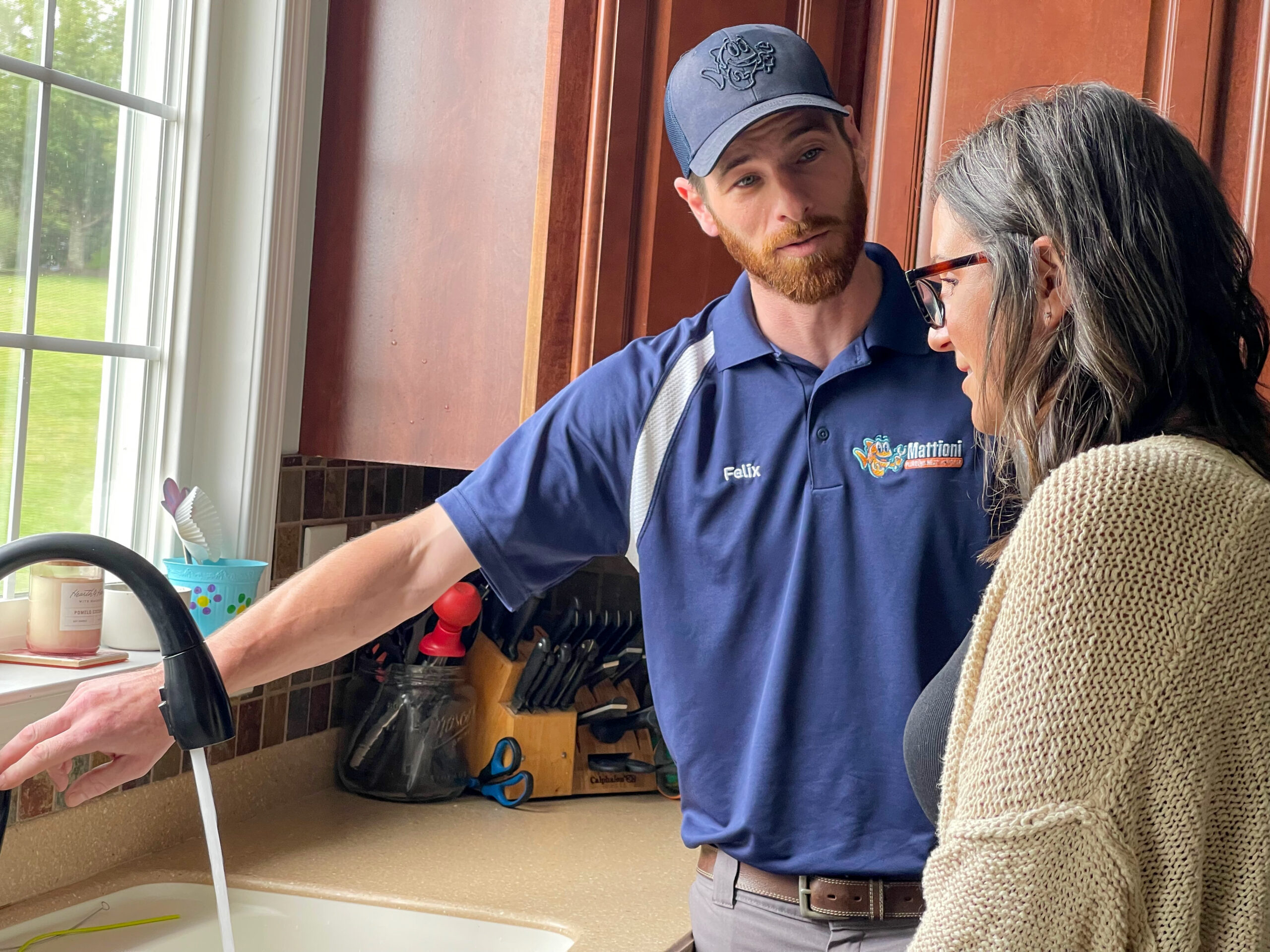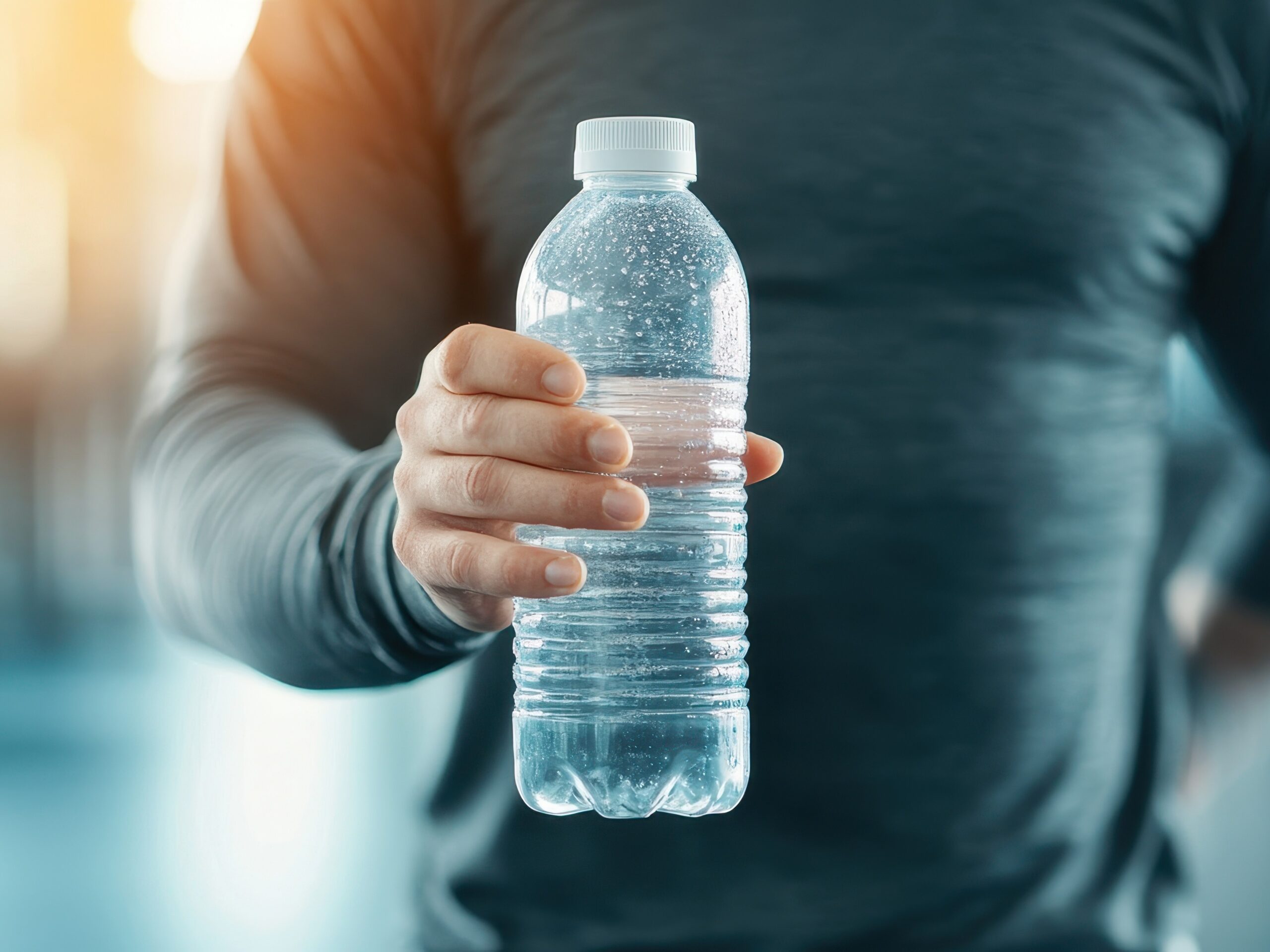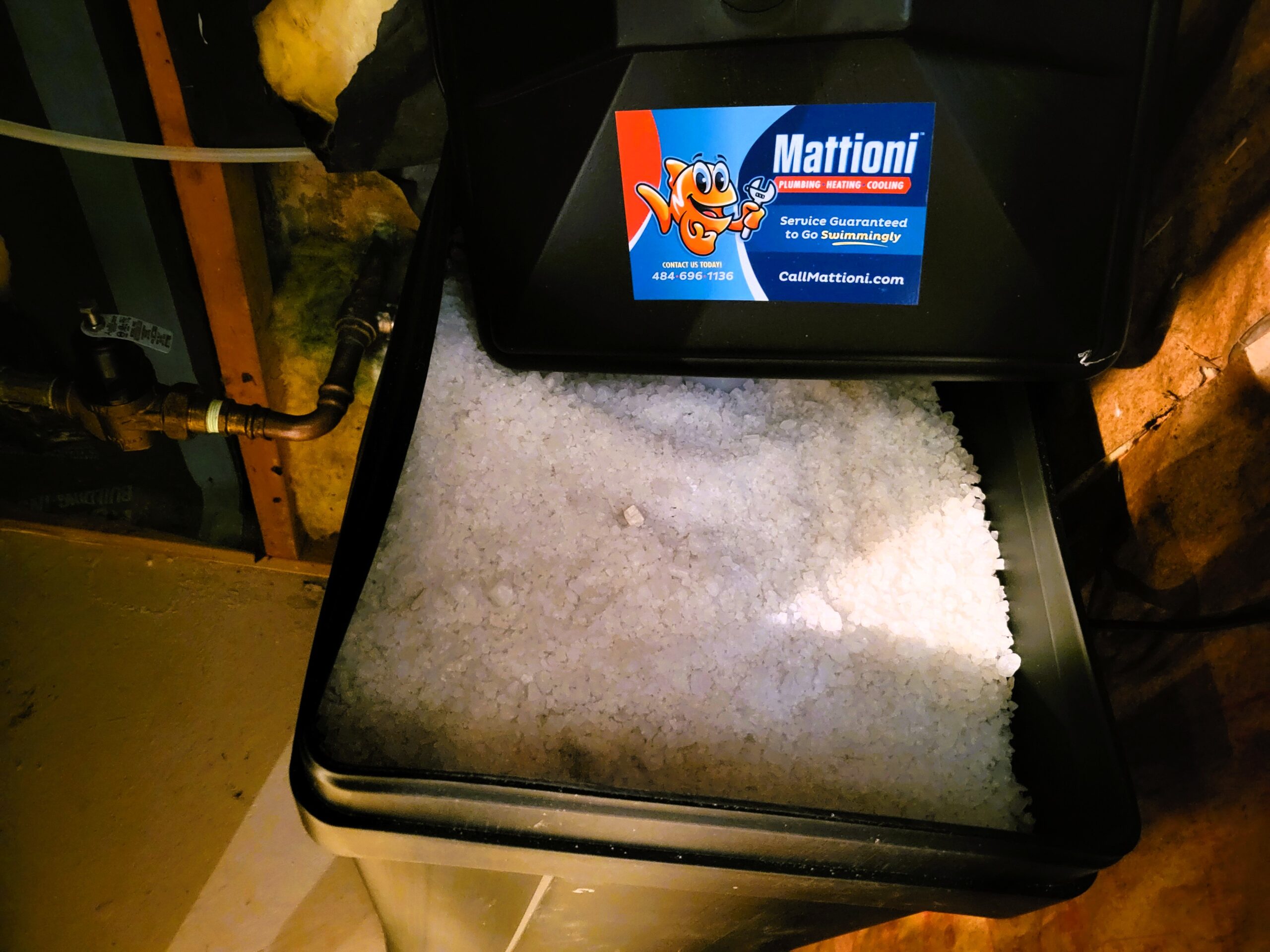|
Getting your Trinity Audio player ready...
|
Last Revised: 2/18/25
Single-use plastic water bottles may appear to be cheap, but have you ever figured out how much all those little costs add up to? At first glance, plastic water bottles are an affordable and convenient way to stay hydrated. But what many people don’t realize is that over time these costs add up to hundreds of dollars per year – and the true cost of plastic water bottles extends far beyond their price tag.
Single-use plastic water bottles have a massive environmental impact, starting during their production and transportation, and ending with their effect on ecosystems when littered. Yet the industry is still booming on a global scale – it was valued at USD 351.9 billion in 2024.
From the accruing expenses that come with continually purchasing them, to their negative impact on wildlife and the climate crisis, the hidden costs of plastic water bottles deserve a bigger part of the conversation. Fortunately, there are easy, eco-friendly alternatives that can save money and reduce waste without sacrificing convenience.
In this article, we’ll break down both the financial and environmental toll of plastic water bottles and explore sustainable solutions that can make a real difference.
How Much Do Single-Use Plastic Water Bottles Actually Cost?
Before we evaluate the environmental impact of plastic water bottles, let’s look at the economic side. If you’re a savvy shopper and buy your water bottles in bulk, you’re looking at $5.36 per 40 pack – we found that price at Walmart, and you can find similar ones at comparable stores.
That’s a phenomenal deal, right? It’s hard to argue against such a low price – it comes out to only 13 cents per bottle! If you stick to your shopping routine and only purchase the 40-pack at Walmart or a similar store, it’s easy to believe you’re on the right financial path. Let’s crunch the numbers a little bit further.
How Many Water Bottles Does Your Household Consume?
If you’re a single person living on your own, only buy the cheapest (13 cents) water bottles, and you also stick to just one water bottle per day, then you’ll pay just under $50 per year on water. Not bad.
Do you live with somebody else? That cost doubles to roughly $100 per year.
Does the person you live with use more than one bottle per day? That annual cost is raised by $50 per additional daily bottle. Do you use more than one bottle? That price hike is multiplied.
You can start to see how the costs of purchasing single-use plastic water bottles can add up quickly.
A Family’s Annual Cost of Bottled Water
Now here’s a hard look in the mirror – a family of four, averaging 2 plastic bottles per person per day, who only buys the cheapest option, will spend just about $400 per year on water. You can see how that seemingly small cost becomes inflated quickly – and can skyrocket even more if your family consumes more than one or two bottles per day per person or doesn’t always shop at the best price.
At this point, you should understand how picking up a discounted case of water can start out as a cost-effective strategy, but over time can be a hidden drain on your bank account.
Now let’s look at how single-use plastic water bottles are negatively impacting our environment.

The Environmental Impact of Single-Use Plastic Water Bottles
Each single-use plastic water bottle is only used by a human for the smallest fraction of its existence. They all come from somewhere and they all go somewhere – consuming energy, releasing greenhouse gases, and killing wildlife along its path.
“
It takes three times the amount of water to produce a single plastic bottle than it does to fill it.
”
Direct Pollution to Oceans, Rivers, Wildlife & Landfills
Plastic water bottles are one of the biggest contributors to global plastic pollution. An estimated 20 million metric tons of plastic end up in the environment, according to research. Many end up in landfills, where they take hundreds of years to decompose, and what’s worse is that many end up in our oceans and rivers.
Both marine and land wildlife often mistake plastic for food, leading to fatal consequences that can harm entire ecosystems. We might diligently recycle our single-use water bottles, but with plastics produced on a global scale, inevitably many will end up in places where they can do harm.
Microplastics Stay in Our Environment Forever
Even when plastic water bottles break down, they don’t disappear like other biodegradable materials do – they just get smaller. Microplastics – tiny plastic particles less than 5mm in size – are now found in our oceans, drinking water, and even in the food we eat. Rather than focusing on ways to remove microplastics, we ought to focus on preventing them from getting into our environment in the first place.
Elevated Levels of Greenhouse Gas Emissions
Bottled water isn’t just wasteful and harmful to wildlife – it’s also a major contributor to the elevating carbon emission levels responsible for accelerating climate change. Transporting bottles alone burns massive amounts of fossil fuels and releases tons of CO2 into the atmosphere, whether by truck, train, or ship.
According to research, plastic products were responsible for 3.4% of total global greenhouse gas emissions, and of all the plastics produced globally, single-use water bottles account for roughly 10%. While consequences like rising sea levels and hotter average temperatures may seem off in the distant future, they can only be prevented by making lifestyle changes now.
“
Each single-use plastic water bottle is only used by a human for the smallest fraction of its existence.
”
Energy & Water Used (and Wasted) Creating Bottles
It might seem counterintuitive, but producing bottled water wastes water. Manufacturing plastic bottles requires enormous amounts of energy and resources, including fossil fuels and fresh water. In fact, it takes three times the amount of water to produce a single plastic bottle than it does to fill it. Add in the energy-intensive processes of bottle production, purification, and packaging, and the environmental cost of producing single-use bottled water becomes even more alarming.
Switching to reusable bottles and filtered tap water isn’t just good for your wallet – it’s a simple way to reduce pollution and lessen your carbon footprint.
Water Drinking Habits that Help our Environment & Our Wallets
If you want to be a part of the solution, here are some easy ways that you can help change the trajectory of our environment and climate (and your wallet).
Use Reusable Water Bottles Instead of Single-Use Bottles
One of the easiest and most effective ways to cut down on plastic waste is to switch to a reusable water bottle. Stainless steel, glass, or BPA-free plastic bottles can be refilled countless times, reducing the demand for single-use plastics.
When you stop purchasing single-use plastic bottles, you’re reducing the quantity being produced, shipped, and potentially littered. As you get your friends, family, and neighbors to join in, this seemingly small step becomes a huge leap towards achieving environmental stability.
Plus, reusable bottles can make quite the fashion accessory, and many are insulated, keeping your drinks cold (or hot) for hours – two things a flimsy plastic bottle just can’t do!
Invest in a Water Filter
Some people may be reading this and thinking that the reason they don’t use a reusable water bottle is because they don’t trust their tap water – but a good water filter can solve that problem, leading to cost savings and reduced waste.
Whether it’s a pitcher filter, faucet attachment, or, under-the-sink filter, or a whole-house system, filtering your tap water ensures clean, great-tasting water without the waste or carbon emissions. Investing in a filter can be more cost effective in the long run, eliminating the need to constantly buy cases of bottled water.
Installing a water filter is a simple choice towards financial and environmental sustainability.
Always Recycle Single-Use Plastic Bottles
If you must use a single-use plastic bottle, make sure it gets recycled. Many bottles still end up in landfills or littered in forests, rivers, or oceans simply because they weren’t disposed of properly. Check local recycling guidelines, remove caps, and place bottles in the appropriate bin to ensure they get a second life.
It’s one small step that only takes a few seconds that can reduce the need for plastic production, which in turn lowers energy consumption, wasted water, and greenhouse gas emissions.
By making small, mindful changes—like carrying a reusable bottle and properly recycling—you can help protect the planet, conserve resources, and keep plastic out of our oceans and landfills.

Plastic Water Bottles: A Big Difference Starts with Small Changes
The numbers don’t lie – single-use plastic water bottles are costly, wasteful, and harmful to our environment. They offer an easy solution in the short term, but their true impact lasts far longer than the few minutes it takes to drink from them.
From filling up landfills to polluting our oceans and contributing to climate change, these bottles take a major toll on our planet. The good news? You have the power to make a change. By switching to reusable, investing in a water filter, and properly recycling any plastic that you do use, you can reduce waste, save money, and lessen your environmental footprint.
Small, everyday choices can lead to a big impact – on your wallet, your health, and the future of our planet. Is it time for you to rethink your water habits? Talk with a professional plumber about how affordable water filter systems can help you roll back your dependence on plastic water bottles. Call now at (610) 400-8510 or schedule an appointment online.




